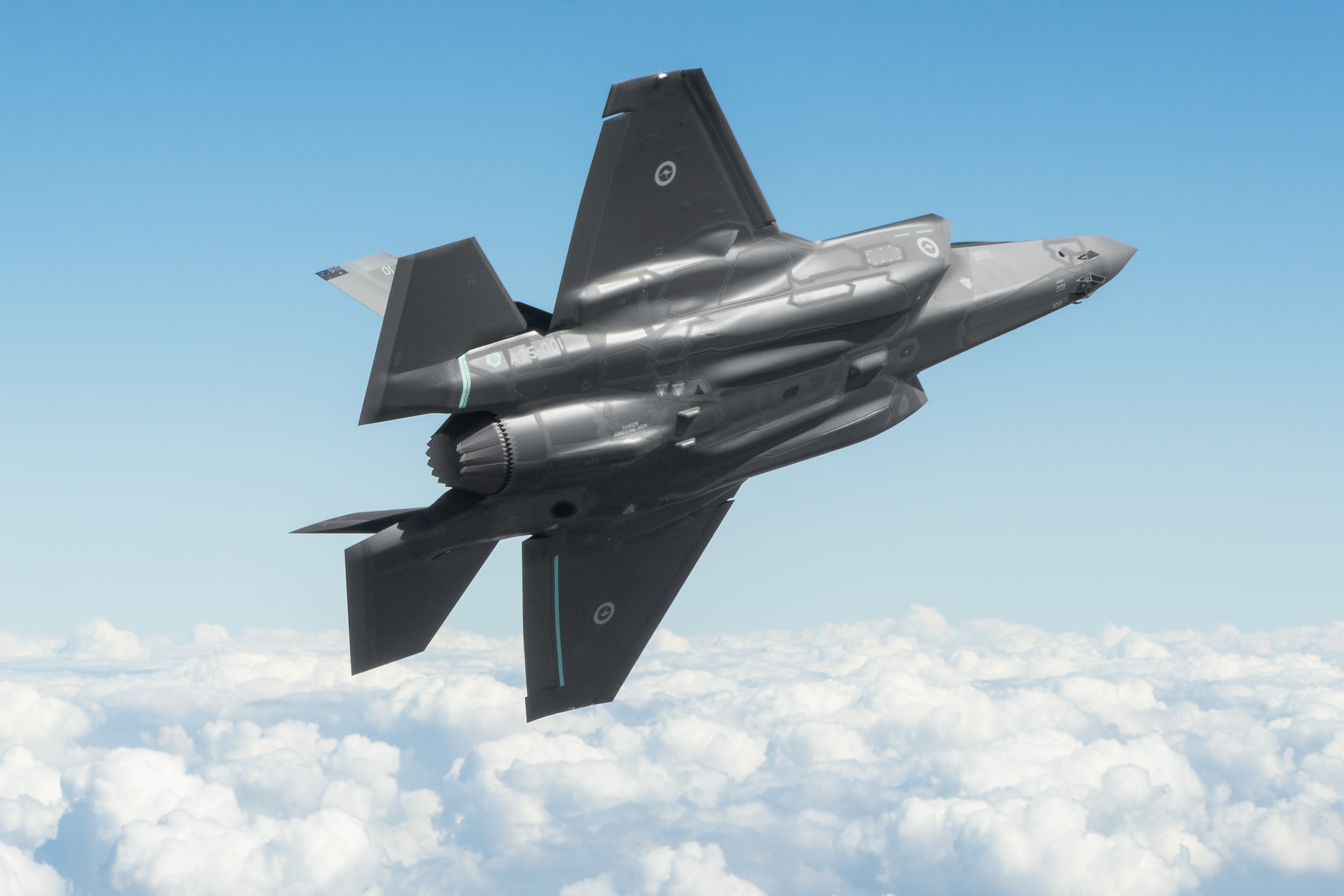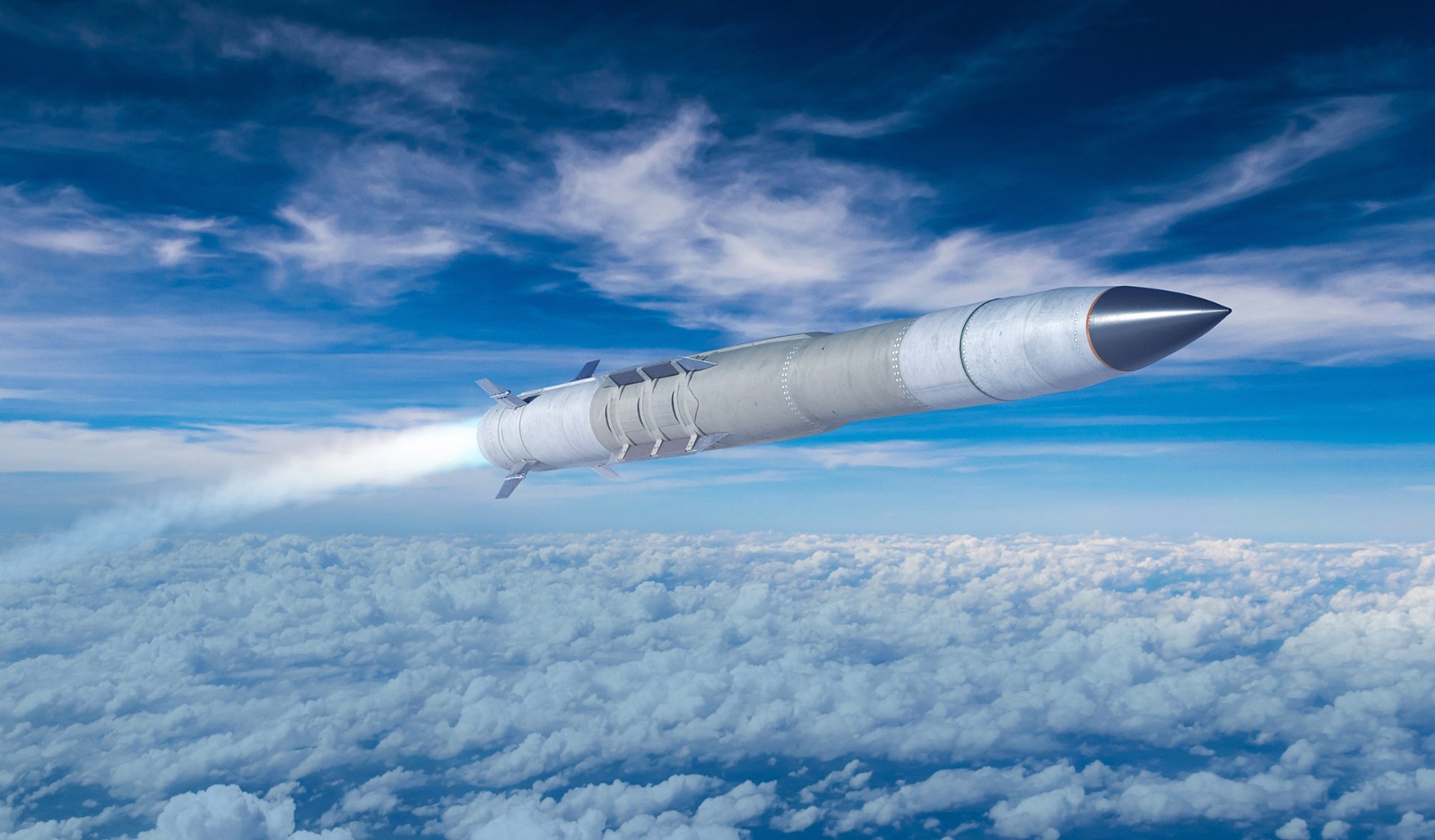Japan’s supply of Patriot PAC-3 missiles to the US ‘irritates’ Russia; Moscow warns of “damage” if it reaches Ukraine » Today Latest Stories

Russia threatened to deteriorate bilateral relations with Tokyo if Japanese-made Patriot missiles landed in Ukraine.
“It is possible that the Patriot missiles will be transferred within the framework of a well-proven scheme where the munitions will eventually end up in Ukraine. We would like to warn that if Japanese missiles fall into the hands of the Ukrainian armed forces, such actions will be considered hostile towards Russia and will have the most serious consequences for For Japan in the context of bilateral relations. Zakharova He said.
‘Mystery’ F-15 heavyweight fighter appears in Pakistani promotional video; A Pakistan Air Force pilot traces his ancestry
Zakharova added that defense supplies to Ukraine will only prolong its suffering and increase the number of innocent victims, which Tokyo will bear entirely.
As part of a strategic drive to restock the United States’ dwindling arsenal in the face of growing security challenges, Japan is formally accepting a policy change that would allow many more Patriot missiles to be shipped to the United States.
Japanese news agencies announced on December 20 that the government had chosen to send ground-based Patriot interceptors to the United States on an unofficial basis. Ground-based Patriot interceptors are produced in Japan under license from its ally the United States.
The move, which involves the planned export of PAC-2 and PAC-3 interceptor missiles, represents a major departure from Japan’s defense equipment transfer policy established in 2014. However, this has stunned analysts who follow policy in the Indo-Pacific region, Given that these Patriot missiles will help replenish stocks of Ukrainian air defense systems.
With US President Joe Biden’s administration always seen as the biggest and main threat, many have asked why weapons would be withdrawn from the Indo-Pacific region for a conflict in Europe, Nikkei Asia mentioned.
Since the United States has requested the transfer of Patriot missiles, analysts believe this may indicate that the Biden administration has concluded that Taiwan will not be invaded by China any time soon. This is important given that some military experts and service members from the US Army have warned that a Chinese invasion of Taiwan could happen as soon as 2027.
For its part, Taiwan is working to strengthen its army in preparation for war with the help of American weapons to thwart any possible such invasion. Moreover, the Biden administration has asserted on multiple occasions that Washington would come to Taiwan’s aid in the event that China launches military operations against the self-governing island nation.
If such a conflict erupts across the Strait, there is an understanding in the United States that its territory and military assets in the Pacific, including the strategically located island of Guam, will be in the line of fire. For this reason, the country moved to strengthen its regional defenses through a carefully drawn plan.
Against this backdrop, it was a stunning move by the United States to shift focus from the Indo-Pacific region to Europe. This is also important given that Japan’s proximity to Taiwan would likely make it a party to any such conflict between Beijing and Taipei.
In the face of this persistent threat, the United States’ move to shift resources is bold. According to the report, many Americans agree that Chinese aggression against Taiwan is not imminent. However, others oppose moving the focus away from the Indo-Pacific region.
“We have sent weapons that we cannot replace in a timely manner,” Colby, co-founder and director of the Washington-based strategic think tank the Marathon Initiative, told the publication. More than $100 billion to Ukraine.”
“Japan cannot say: We have to get along with Ukraine, and we will wait our turn.” “Asia needs to come first,” Colby said. “This is the rhetorical position of the United States, but it must be the actual position.”
The decision has also caused deep concern among analysts due to the previous Japanese decision Acceptance Just over 60% of Japan’s missile arsenal is believed to be sufficient to stop its adversaries’ ballistic missiles, and it has called for its urgent replenishment amid threats posed by China, Russia and North Korea.
At the time, military observers noted that China possessed approximately 1,900 medium-range ballistic missiles and 300 medium-range cruise missiles capable of reaching Japan, indicating a clear threat to the island nation. There is no doubt that North Korea’s launch of ballistic missiles has exacerbated the threat to Japan’s security.
It was a “short-sighted decision,” according to Jennifer Kavanagh, a senior fellow in the American Statecraft Program at the Carnegie Endowment for International Peace, made by Japan and the United States. “It says something about the priorities of the Biden administration,” Kavanagh added. “They are willing to prioritize arming Ukraine at the expense of Asia despite declaring that Asia is the priority theater for the United States.”
The US government must obtain Japanese approval before transferring Patriot missiles to a third country. Patriot missiles donated by Tokyo cannot travel directly to Ukraine under these regulations. However, it gives the United States more leeway to supply Ukraine with US-manufactured air defense systems by filling US stockpiles.
Therefore, while military observers based in the region did not like the Japanese decision to send Patriot missiles to the United States, Japan is more focused on enhancing its defense capabilities by significantly increasing its defense budget to get what it desperately needs from the United States. : The ability to hit long-range missiles and stealth fighter aircraft.
An astonishing 16% increase in Japan’s historic defense
With the consent From a record defense budget on December 22, Japan will see defense spending increase by more than 16% in 2019. The goal of this budget is to accelerate the deployment of long-range cruise missiles that can strike targets in North Korea or China. .
The Cabinet-approved budget will bolster the armed forces with F-35 stealth fighter jets and other US weapons as the Japan Self-Defense Forces cooperates more with partners and assumes greater offensive responsibilities.
The second year of a five-year military buildup program under a new security policy launched by Prime Minister Fumio Kishida’s government a year ago is marked by a defense budget of 7.95 trillion yen ($56 billion) for fiscal year 2024, which begins in March.

Japan has already become the second-largest operator of the F-35 Lightning II stealth fighter jet outside the United States, and is set to add more fifth-generation fighters to its fleet. the Proposal The defense budget in September sought nearly $1.7 billion to purchase sixteen more F-35 fighters: eight F-35s designed for conventional take-off and landing (CTOL) and eight F-35Bs designed for short take-off and vertical landing. (STOVL). They will be deployed with converted Japanese aircraft carriers.
Japan ultimately intends to acquire 105 F-35A and 42 F-35B, becoming the largest F-35 operator outside the United States. F-35As are currently being delivered, and the country will get its first F-35B in 2025. Prior to this latest budget request, 63 “A” models and 20 “B” models were already contracted.
Earlier this month, Japanese military officials took a big step toward integrating the stealth plane into their fleet when they did so Saw F-35Bs While serving aboard the aircraft carrier HMS Prince of Wales in the United Kingdom.
In addition, the main focus of Japan’s 2024 military budget is on the early installation of “standoff” missiles, which the country’s leaders claim are necessary to strengthen air defenses and, in particular, to protect Japan’s southwestern islands in the event of an outbreak of hostilities between China and Taiwan.
Developing the next generation of long-range missiles and purchasing US-made Tomahawk missiles and Type 12 cruise missiles is expected to cost about 734 billion yen ($5.15 billion). In addition, Japan plans to invest more than 80 billion yen ($562 million) in developing guided missiles capable of reaching speeds of up to 3,000 kilometers (1,864 miles) per hour at hypersonic speeds.
This month, Defense Minister Minoru Kihara announced that some Tomahawk and Type 12 aircraft would be deployed one year ahead of schedule by the end of March 2026. Japanese officials stressed that the country made this decision due to the “harshest” security environment it is experiencing. which it has faced since the end of World War II, which also forced it to expand its cooperative activities with the United States, Australia, Britain and other allies.
To strengthen Japan’s missile defense systems, the budget also provides 1.25 trillion yen ($8.78 billion), which will go toward the construction of two warships with the Aegis system that will be deployed in 2027 and 2028 for 373 billion yen ($2.62 billion).

The warships will be equipped with a Lockheed Martin SPY-7 radar, with which officials can track hard-to-detect missile launches, such as those that occur on a high-arc trajectory, which North Korea frequently uses to test missile launches. This week, an intercontinental ballistic missile was launched from North Korea.
Japan intends to invest 75.5 billion yen ($530 million) in the United States to create glide-stage interceptor missiles, which are expected to be deployed in 2030 and are intended to thwart hypersonic missiles being developed by Russia, China and North Korea.
Japan’s decision to increase its defense spending and strengthen its military essentially means obtaining the latest military equipment from the United States. The transfer of Patriot missiles and the acquisition of long-range standoff capability are set to become prime examples of US-Japan military deals that have never been seen before.








